


Jill Emery
Location: Sierra Madre, California. USA.
How would you describe your art?: Isolation, emotional, expressionistic, subconscious.
Currently working on: Letting myself and others know abstract painting is an art. It looks a hell of a lot easier but I think its how you put it together. It’s new to me incorporating it, with a stream of conscious while still thinking about it.
Day job: Slice bread
3 Likes: Animal rights, vegetarian food, something funny
3 Dislikes: Mean people, bad food, corporations that will do anything for money
Daily Inspirations: Try to find humour in everyday nothingness
People & Artists you admire: People that make stuff out of nothing, people that are caring, my friend brought Marlene Dumas work to my attention, German expressionism, some Woody Allen movies,
Superpower you would most like to possess: To understand people’s minds
http://www.jillemeryart.com/
- - -
This interview took place mid-June 2005. All images reproduced with permission © Jill Emery.
- - -
Hi Jill, how are you? What are you up to at the moment?
Well Melanie, first off I tripped out at how detailed, well thought out your questions were, much more than surface. Also it made me see things of my own stuff I may have not seen before as a whole. I am working on trying to break through my art maybe different levels for myself.
I read that you were self-taught as an artist. What first led you to pick up a paintbrush to discover your talents?
I always did drawing one day I painted. This was also my approach to music, I jumped in and learned as I went, I found ways to express what I feel or think I feel, and then maybe question later.
On your website, the introduction page features a poem/lyrics that ends with the line: ‘these are the things that keep us here’. For you, how much does the inclusion of this line reflect your relationship to art as being something that you *need* to do, almost as an act of self-preservation?
In reflection of this, what is your emotional relationship to (and with) your artistic output?
Honestly sometimes I get depressed, and I have to remind myself of the simple things and how beautiful they are and how life is strange and fast; and not to obsess over death. Mostly I believe I do my work to have a creative outlet I consider semi-cathartic.
Reading you speak of your work, from you saying that: ‘throughout the nightmares of music, I continued working on art which gave a solitary outlet where I could explore subconscious fragments of life’, or, ‘I’ve always done art no matter what situation I’ve been in’, or, ‘I just continue to do my work as life goes on’, there seems to be a quiet naturalness of art creation in your life; whereby creating art is a natural, instinctive, innate part of your life. Is this a fair comment?
Yes, it’s something I can do and express solely on my own and where it goes from there is organic.
I once read an article about artist Barbara Kruger who claimed of art that ‘making art is about objectifying your experience of the world, transforming the flow of moments into something visual, textural or musical’. Reflecting on what I was saying about art being a natural part of your life, and your experience of life, does Barbara’s comment mirror any of your artistic processes?
Yes, things seem fragmented to me, I like the idea putting them down sometimes it could be like a journal or a dream and it comes together. I like that there aren’t exactly rules but some patterns.
In reference to the comment you once made about ‘throughout the nightmares of music, I continued working on art’, to what extent does art act as a tool for you to express (or perhaps combat) your emotions and dissatisfactions with the ‘nightmares of music’ (and other stimuli)?
I miss playing music on an everyday level, I loved the bass I thought it was beautiful, but the nightmare entered when things are so personal and you are forced to manoeuvre personalities, many levels get involved, money, egos, etc... But with painting its my own thing, I can fight my own ego and money comes and goes; the creative process isn’t dictated.
The majority of your artwork I have seen has been portraits. In creating these, how do you work? Is it from memory/sittings/photography/or from your imagination?
All of it, that seems to be the hardest part of the process, they can tend to turn into self portraits physical or mental.
The primary focus of a lot of your portraits is female subjects. Is there any specific reasoning behind this?
Hence self-portrait, but many people have questioned the gender of the portraits which is fine as long as they feel something.
Despite what I was saying before about the quiet naturalness of your approach to making art as part of your everyday life, there is also, almost in contrast to this, such an intensity and passion in your artwork. You convey intense emotions within your painting, whether it be through the use of colour, or creating certain facial expressions within your portraits, or even the titles of your work. How important is the conveying of emotion and passion and mood within your pieces?
It feels very important to me, they feel so quiet, there is a moment caught in time and I want to see it in their faces or body language, sadness, anger, uncomfortableness, defiance, these were the common threads in the music I played also. But because I have happiness in my life I would like to work on conveying that in future project which I thought that poem did on my website as well as the blue cat. I have to admit this is my life one minute elated maybe over a cup of coffee, or the next I could cry over and old dog that cant see that well.
Is it important to you that the moods you create, and emotion you present in your pieces is conveyed faithfully to, and interpreted accurately by your audience? Is it important to you that your audience ‘read’ your art in the way that you intended it to be?
The most incredible thing is when people get it or feel it, I already did my thing and it felt good, so if they break through all I can say is ‘heaven’. I always think a lot of my work doesn’t blatantly hit you over the head, no shock value, and most people have A.D.D. (I may include myself).
Do you actually have an audience in mind when you make your art?
I really only create with myself in mind, if the audience is there it makes it all the better that there’s a relating factor, but that’s after the fact.
The titles of your artwork provided me with an even fuller picture of the emotion, passion and intensity that your work explores. From: ‘can’t remember how I feel’, to ‘sent out a call for life’, to ‘you are gone’, and ‘help me help you’, there is an element of fear and loss and longing in the titles. Do you title your work to provide your audience with a fuller picture of your ‘meaning’? Or is it simply that these words lend themselves to your work?
I love words so it gives me that opportunity, and they do lend themselves to the work.
The back cover artwork you did for Hole’s 1991 album, Pretty on the Inside, became such an iconic image, on part of what became such an iconic album. Your art was so fitting with the style, and passion and lyrical content of that album. Did the work come about through working on that particular album, and the emotions you were experiencing at that time?
Yes it was pure chaos. I liked that we were diving in, but I’m not truly one for chaos so the person seemed trapped in a painting with them reflecting, inspecting, projecting without knowing the reality.
What are your thoughts on that work now, and what are your thoughts on artwork becoming ‘iconic’: is that word limiting to you as an artist?
My thoughts are I have grown but for the time it remains an important portrait of what was happening. The iconic I honestly don’t think of
A lot of the artists I have been contacting for this project have been involved with/have links and involvements with bands and the music industry. Do you think, as a musician and artist, there is a strong tendency for ‘creativity’ to spill between the boundaries of one artistic medium into another?
Yes. I have seen plenty of talented proof.
I found it interesting to read that you find yourself painting with Alice Coltrane and Cat Power playing in the background. Do you find that there is a particular ‘mood’ and ‘atmosphere’ you like/have to set up to paint within?
Kind of but I just like the music. I think I almost wore out my Bob Dylan, Van Morrison and thanks to my friend, the Smoke record is so amazing as an intense self portrait of music. The way he put his life into words for a brief moment.
On the Mazzy Star website you claim that ‘the reason and inspiration [for your artistic involvement] is I tend to be a loner’. I once read an interview with artist Elisa Harkins, and of her work the journalist claimed, ‘her art functions the way all good stories do. It establishes a simple connection between the artist and audience, between the audience and other members of the audience, forging real but invisible relationships. In the end, her art is less about overt messages then simply challenging our myopic sense of loneliness’. In terms of seeing yourself as a ‘loner’ do you wish your artwork to, as Elisa’s does, challenge your own, and perhaps too your audiences, sense of loneliness, by connecting yourself to an audience?
Wow that’s intense, I wish I was such a deep thinker I’m more driven with the emotional side and think later. I am a good loner I do have a best friend though, and art can move me. It’s great when people relate, also I do think people can generally be lonely and that looming death makes us maybe wonder what things are really about, the work is not overt so does that equal that? Maybe Edward Hopper captured that.
For you, what is the most satisfying, and/or important aspect of creating your paintings?
When I break through and completely feel it, not just going through the motions of creating.
Hi Jill, how are you? What are you up to at the moment?
Well Melanie, first off I tripped out at how detailed, well thought out your questions were, much more than surface. Also it made me see things of my own stuff I may have not seen before as a whole. I am working on trying to break through my art maybe different levels for myself.
I read that you were self-taught as an artist. What first led you to pick up a paintbrush to discover your talents?
I always did drawing one day I painted. This was also my approach to music, I jumped in and learned as I went, I found ways to express what I feel or think I feel, and then maybe question later.
On your website, the introduction page features a poem/lyrics that ends with the line: ‘these are the things that keep us here’. For you, how much does the inclusion of this line reflect your relationship to art as being something that you *need* to do, almost as an act of self-preservation?
In reflection of this, what is your emotional relationship to (and with) your artistic output?
Honestly sometimes I get depressed, and I have to remind myself of the simple things and how beautiful they are and how life is strange and fast; and not to obsess over death. Mostly I believe I do my work to have a creative outlet I consider semi-cathartic.
Reading you speak of your work, from you saying that: ‘throughout the nightmares of music, I continued working on art which gave a solitary outlet where I could explore subconscious fragments of life’, or, ‘I’ve always done art no matter what situation I’ve been in’, or, ‘I just continue to do my work as life goes on’, there seems to be a quiet naturalness of art creation in your life; whereby creating art is a natural, instinctive, innate part of your life. Is this a fair comment?
Yes, it’s something I can do and express solely on my own and where it goes from there is organic.
I once read an article about artist Barbara Kruger who claimed of art that ‘making art is about objectifying your experience of the world, transforming the flow of moments into something visual, textural or musical’. Reflecting on what I was saying about art being a natural part of your life, and your experience of life, does Barbara’s comment mirror any of your artistic processes?
Yes, things seem fragmented to me, I like the idea putting them down sometimes it could be like a journal or a dream and it comes together. I like that there aren’t exactly rules but some patterns.
In reference to the comment you once made about ‘throughout the nightmares of music, I continued working on art’, to what extent does art act as a tool for you to express (or perhaps combat) your emotions and dissatisfactions with the ‘nightmares of music’ (and other stimuli)?
I miss playing music on an everyday level, I loved the bass I thought it was beautiful, but the nightmare entered when things are so personal and you are forced to manoeuvre personalities, many levels get involved, money, egos, etc... But with painting its my own thing, I can fight my own ego and money comes and goes; the creative process isn’t dictated.
The majority of your artwork I have seen has been portraits. In creating these, how do you work? Is it from memory/sittings/photography/or from your imagination?
All of it, that seems to be the hardest part of the process, they can tend to turn into self portraits physical or mental.
The primary focus of a lot of your portraits is female subjects. Is there any specific reasoning behind this?
Hence self-portrait, but many people have questioned the gender of the portraits which is fine as long as they feel something.
Despite what I was saying before about the quiet naturalness of your approach to making art as part of your everyday life, there is also, almost in contrast to this, such an intensity and passion in your artwork. You convey intense emotions within your painting, whether it be through the use of colour, or creating certain facial expressions within your portraits, or even the titles of your work. How important is the conveying of emotion and passion and mood within your pieces?
It feels very important to me, they feel so quiet, there is a moment caught in time and I want to see it in their faces or body language, sadness, anger, uncomfortableness, defiance, these were the common threads in the music I played also. But because I have happiness in my life I would like to work on conveying that in future project which I thought that poem did on my website as well as the blue cat. I have to admit this is my life one minute elated maybe over a cup of coffee, or the next I could cry over and old dog that cant see that well.
Is it important to you that the moods you create, and emotion you present in your pieces is conveyed faithfully to, and interpreted accurately by your audience? Is it important to you that your audience ‘read’ your art in the way that you intended it to be?
The most incredible thing is when people get it or feel it, I already did my thing and it felt good, so if they break through all I can say is ‘heaven’. I always think a lot of my work doesn’t blatantly hit you over the head, no shock value, and most people have A.D.D. (I may include myself).
Do you actually have an audience in mind when you make your art?
I really only create with myself in mind, if the audience is there it makes it all the better that there’s a relating factor, but that’s after the fact.
The titles of your artwork provided me with an even fuller picture of the emotion, passion and intensity that your work explores. From: ‘can’t remember how I feel’, to ‘sent out a call for life’, to ‘you are gone’, and ‘help me help you’, there is an element of fear and loss and longing in the titles. Do you title your work to provide your audience with a fuller picture of your ‘meaning’? Or is it simply that these words lend themselves to your work?
I love words so it gives me that opportunity, and they do lend themselves to the work.
The back cover artwork you did for Hole’s 1991 album, Pretty on the Inside, became such an iconic image, on part of what became such an iconic album. Your art was so fitting with the style, and passion and lyrical content of that album. Did the work come about through working on that particular album, and the emotions you were experiencing at that time?
Yes it was pure chaos. I liked that we were diving in, but I’m not truly one for chaos so the person seemed trapped in a painting with them reflecting, inspecting, projecting without knowing the reality.
What are your thoughts on that work now, and what are your thoughts on artwork becoming ‘iconic’: is that word limiting to you as an artist?
My thoughts are I have grown but for the time it remains an important portrait of what was happening. The iconic I honestly don’t think of
A lot of the artists I have been contacting for this project have been involved with/have links and involvements with bands and the music industry. Do you think, as a musician and artist, there is a strong tendency for ‘creativity’ to spill between the boundaries of one artistic medium into another?
Yes. I have seen plenty of talented proof.
I found it interesting to read that you find yourself painting with Alice Coltrane and Cat Power playing in the background. Do you find that there is a particular ‘mood’ and ‘atmosphere’ you like/have to set up to paint within?
Kind of but I just like the music. I think I almost wore out my Bob Dylan, Van Morrison and thanks to my friend, the Smoke record is so amazing as an intense self portrait of music. The way he put his life into words for a brief moment.
On the Mazzy Star website you claim that ‘the reason and inspiration [for your artistic involvement] is I tend to be a loner’. I once read an interview with artist Elisa Harkins, and of her work the journalist claimed, ‘her art functions the way all good stories do. It establishes a simple connection between the artist and audience, between the audience and other members of the audience, forging real but invisible relationships. In the end, her art is less about overt messages then simply challenging our myopic sense of loneliness’. In terms of seeing yourself as a ‘loner’ do you wish your artwork to, as Elisa’s does, challenge your own, and perhaps too your audiences, sense of loneliness, by connecting yourself to an audience?
Wow that’s intense, I wish I was such a deep thinker I’m more driven with the emotional side and think later. I am a good loner I do have a best friend though, and art can move me. It’s great when people relate, also I do think people can generally be lonely and that looming death makes us maybe wonder what things are really about, the work is not overt so does that equal that? Maybe Edward Hopper captured that.
For you, what is the most satisfying, and/or important aspect of creating your paintings?
When I break through and completely feel it, not just going through the motions of creating.
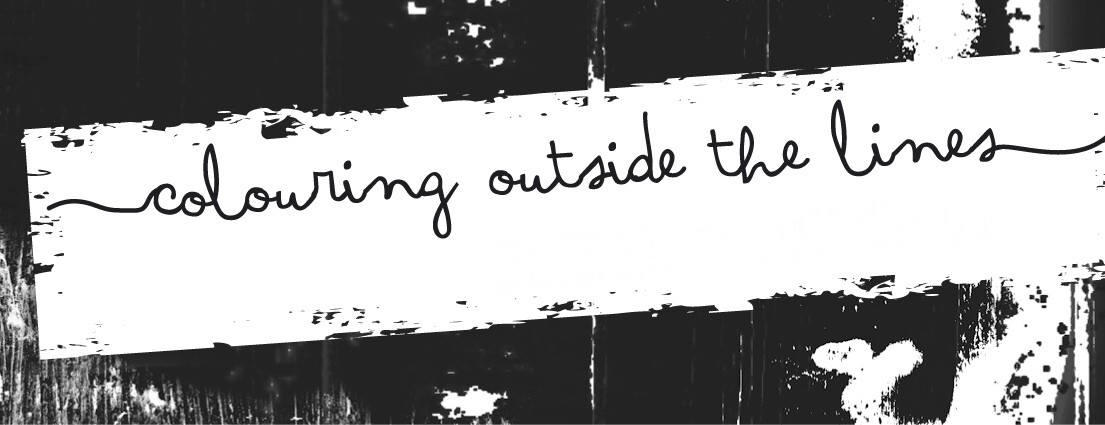





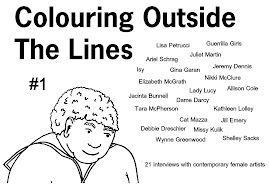
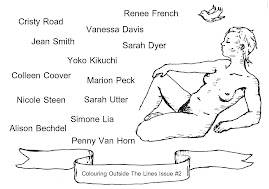

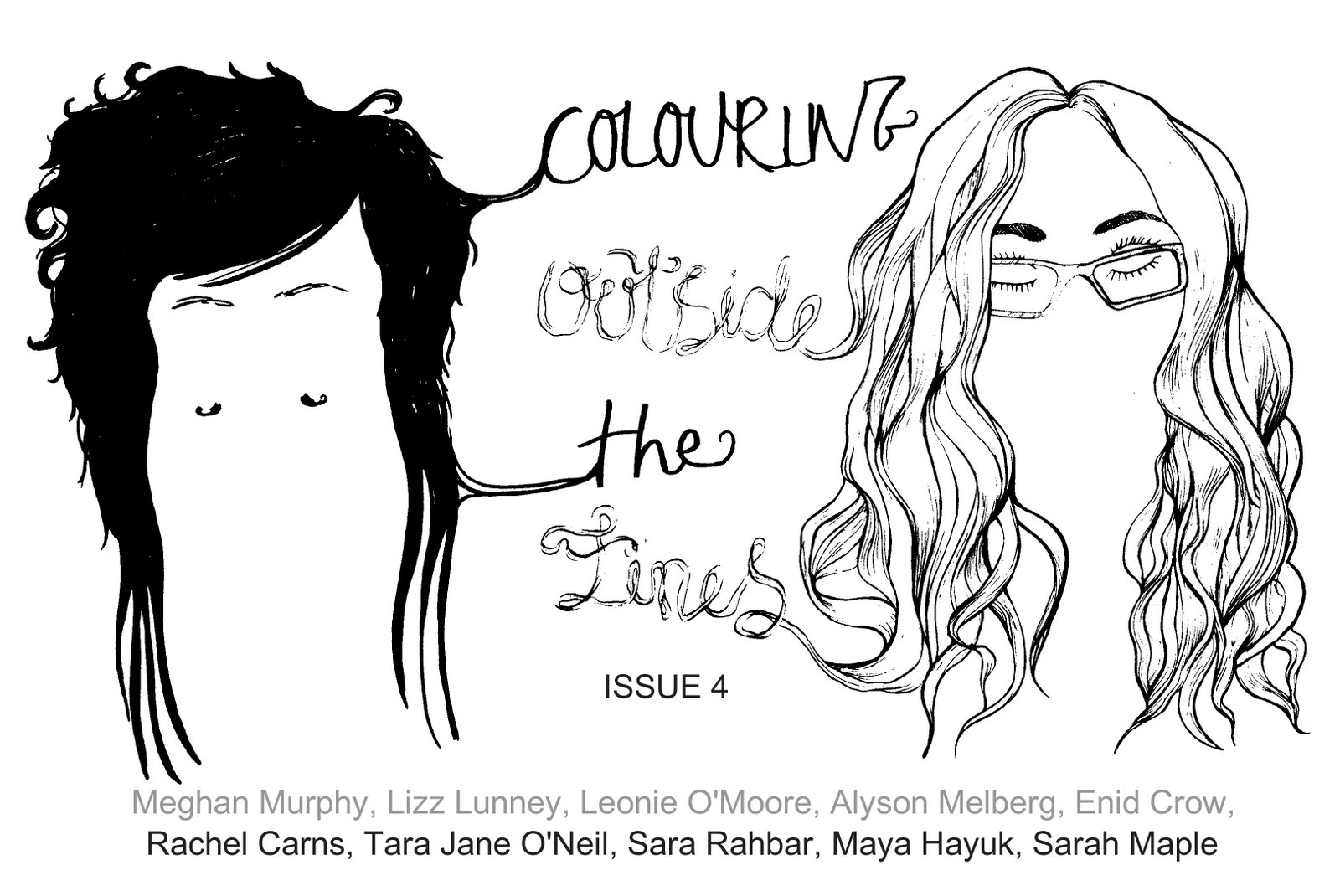

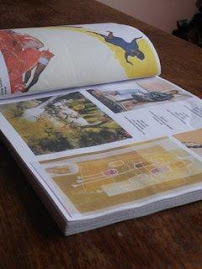



No comments:
Post a Comment